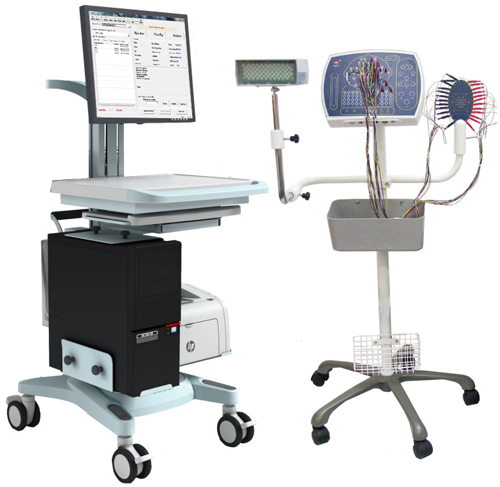-
-
5Ob, Alafe Junction, Along Idanre Road, Oke Aro Street,
Akure, Ondo State, Nigeria

An Electroencephalogram (EEG) is a non-invasive medical test used to record the electrical activity of the brain. This procedure is commonly used to diagnose and monitor neurological conditions, particularly those related to abnormal brain activity such as epilepsy, sleep disorders, brain tumors, head injuries, and other brain-related conditions. The test involves placing small metal discs, known as electrodes, on the scalp to detect the brain's electrical impulses and then recording them on a computer or printed on paper.
The brain's electrical activity is expressed in the form of wave patterns, and these patterns can provide important insights into the brain's function and detect abnormalities.
One of the primary uses of EEG is to detect abnormal brain activity associated with epilepsy. During a seizure, abnormal electrical discharges occur in the brain, and these are detectable through an EEG. It helps classify the type of epilepsy, guiding treatment options. EEG may also be used to monitor brain function after head injuries, trauma, or brain surgery, providing insight into how the brain is healing or responding to treatment. It can also help identify changes in brain activity due to tumors.